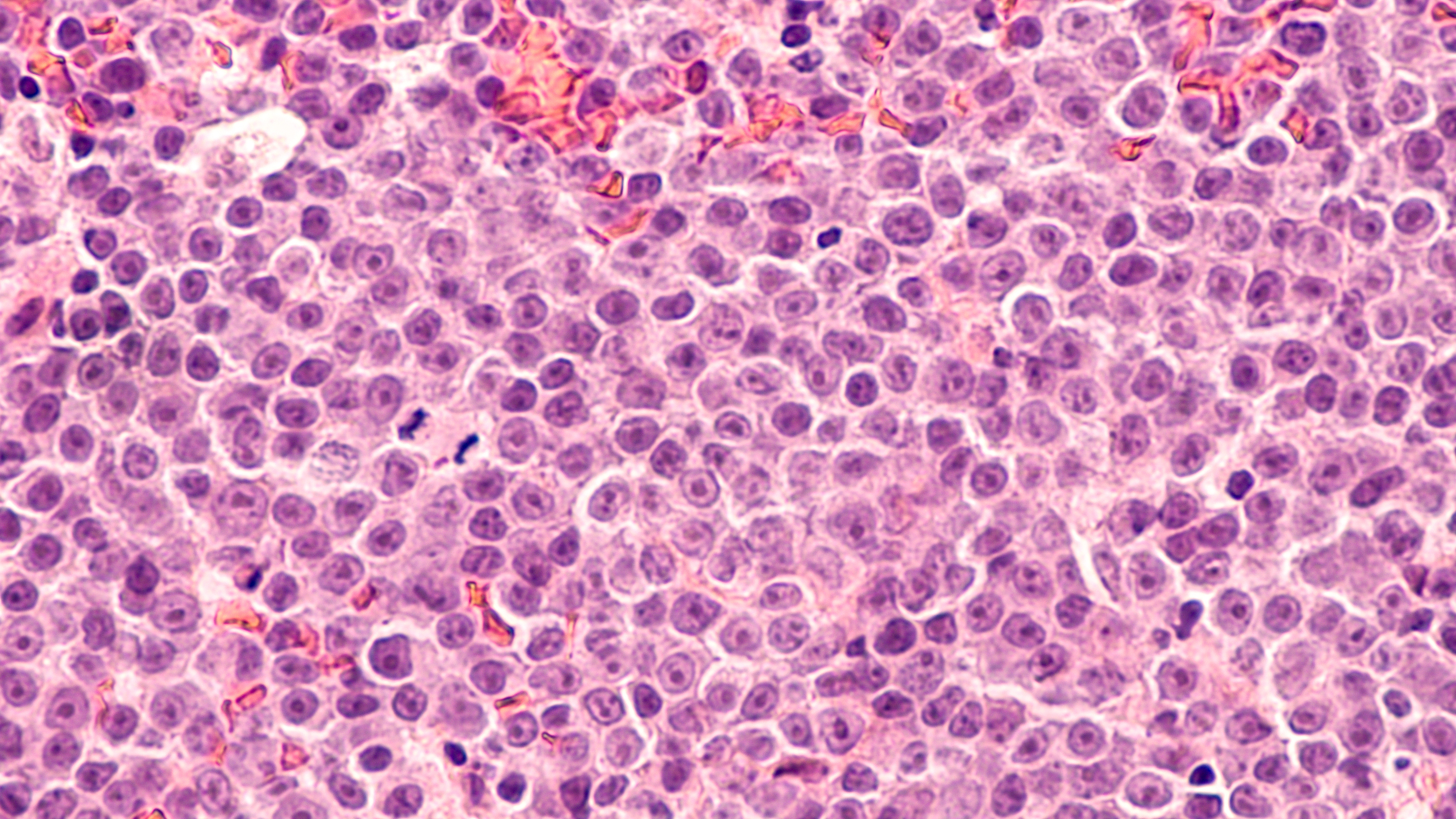The following is a summary of “Treatment strategies and survival outcomes of primary mediastinal large B-cell lymphoma,” published in the 01 Jun 2023 issue of Hematology by Quan, et al.
For a population-based study, researchers sought to assess the latest survival rates and treatment strategies for patients with primary mediastinal large B-cell lymphoma (PMBCL), a rare subtype of B-cell lymphoma.
A retrospective analysis was conducted using the Surveillance, Epidemiology, and End Results Program registry dataset. Adult patients diagnosed with PMBCL between 2001 and 2018 were included. The primary outcome measures were overall survival (OS) and disease-specific survival (DSS).
Out of the 814 identified cases, the study revealed a 5-year OS rate of 86.7% and a 5-year DSS rate of 88.2% after a median follow-up of 54 months. Cox regression analysis showed that several factors, including age over 60 years, pre-2010 diagnosis, non-White ethnicity, advanced stage, and absence of chemotherapy, significantly reduced both OS and DSS. Chemotherapy remained the primary therapeutic approach for PMBCL over the last 20 years, while the utilization of surgery and radiation decreased significantly. Patients diagnosed with PMBCL between 2010 and 2018 had a significantly lower mortality risk (approximately 50%) than those diagnosed between 2001 and 2009. Notably, in the era of widespread rituximab usage, patients who received radiotherapy exhibited a poorer OS rate than those who did not.
The study indicated that survival outcomes for patients with PMBCL have significantly improved in the current era, likely due to evolving treatment approaches. The role of radiotherapy in PMBCL remains a subject of debate and requires further prospective evaluation.
Source: tandfonline.com/doi/full/10.1080/16078454.2023.2217396



















